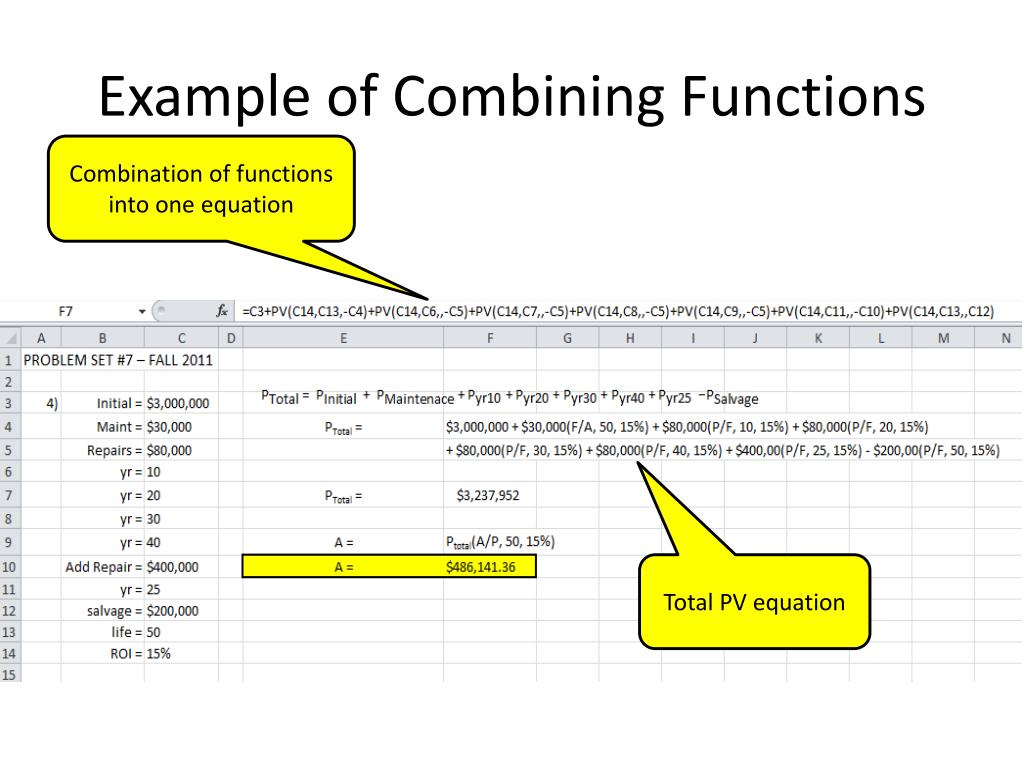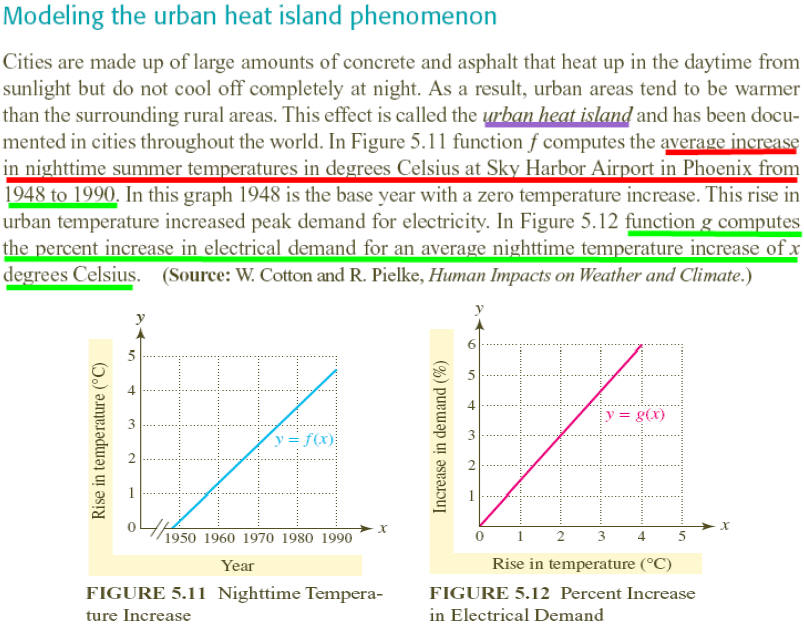

Arithmetic combinations of a periodic and a non-periodic function are not periodic, but. They can also be combined by composition, as shown by the last two choices in the combination setter.
#Combining functions how to
This can be done using basic arithmetic (addition, subtraction, multiplication. Functions can be combined through addition, subtraction, and other operations in the same ways that numbers can. This section will teach you how to manipulate composite functions algebraically, define their domain and range, and graph them. The composition of functions is a special case of the composition of relations, sometimes also denoted by ∘ Combining functions is a way to create new functions from existing ones. Intuitively, composing functions is a chaining process in which the output of function f feeds the input of function g. So f of x, they've given the definition right over there, is 9 minus x squared. Then, you just have to add these two functions. But when you view it like this- so this is really what we have to find. The set X is called the domain of the function and the set Y is called the codomain of the function.
#Combining functions plus
The notation g ∘ f is read as " g of f ", " g after f ", " g circle f ", " g round f ", " g about f ", " g composed with f ", " g following f ", " f then g", or " g on f ", or "the composition of g and f ". You could view f plus g as a new function that's created by adding the other two functions. In mathematics, a function from a set X to a set Y assigns to each element of X exactly one element of Y.

The resulting composite function is denoted g ∘ f : X → Z, defined by ( g ∘ f )( x) = g( f( x)) for all x in X. Intuitively, if z is a function of y, and y is a function of x, then z is a function of x. That is, the functions f : X → Y and g : Y → Z are composed to yield a function that maps x in domain X to g( f( x)) in codomain Z.

Mathopolis: Q1 Q2 Q3 Q4 Q5 Q6 Q7 Q8 Q9 Q10. Some functions can be de-composed into two (or more) simpler functions. (g º f) (x) g (f (x)), first apply f (), then apply g () We must also respect the domain of the first function. In other words, x is plugged into g, and that result is in turn plugged into f. 'Function Composition' is applying one function to the results of another. Use the hatch symbol as the variable when inputting. When one function is composed with another, it is usually written explicitly: f ( g ( x )), which is read f of g of x. To obtain the composite function fg (x) from known functions f (x) and g (x). Although, you can manually determine composite functions by following these steps but to. Put the value of x in the outer function with the inside function then just simplify the function. In this operation, the function g is applied to the result of applying the function f to x. The process of plugging one function into another is called the composition of functions. First write the composition in any form like (gof)(x)asg(f (x))or(gof)(x2)asg(f (x2)) ( g o f) ( x) a s g ( f ( x)) o r ( g o f) ( x 2) a s g ( f ( x 2)). In mathematics, function composition is an operation ∘ that takes two functions f and g, and produces a function h = g ∘ f such that h( x) = g( f( x)).


 0 kommentar(er)
0 kommentar(er)
